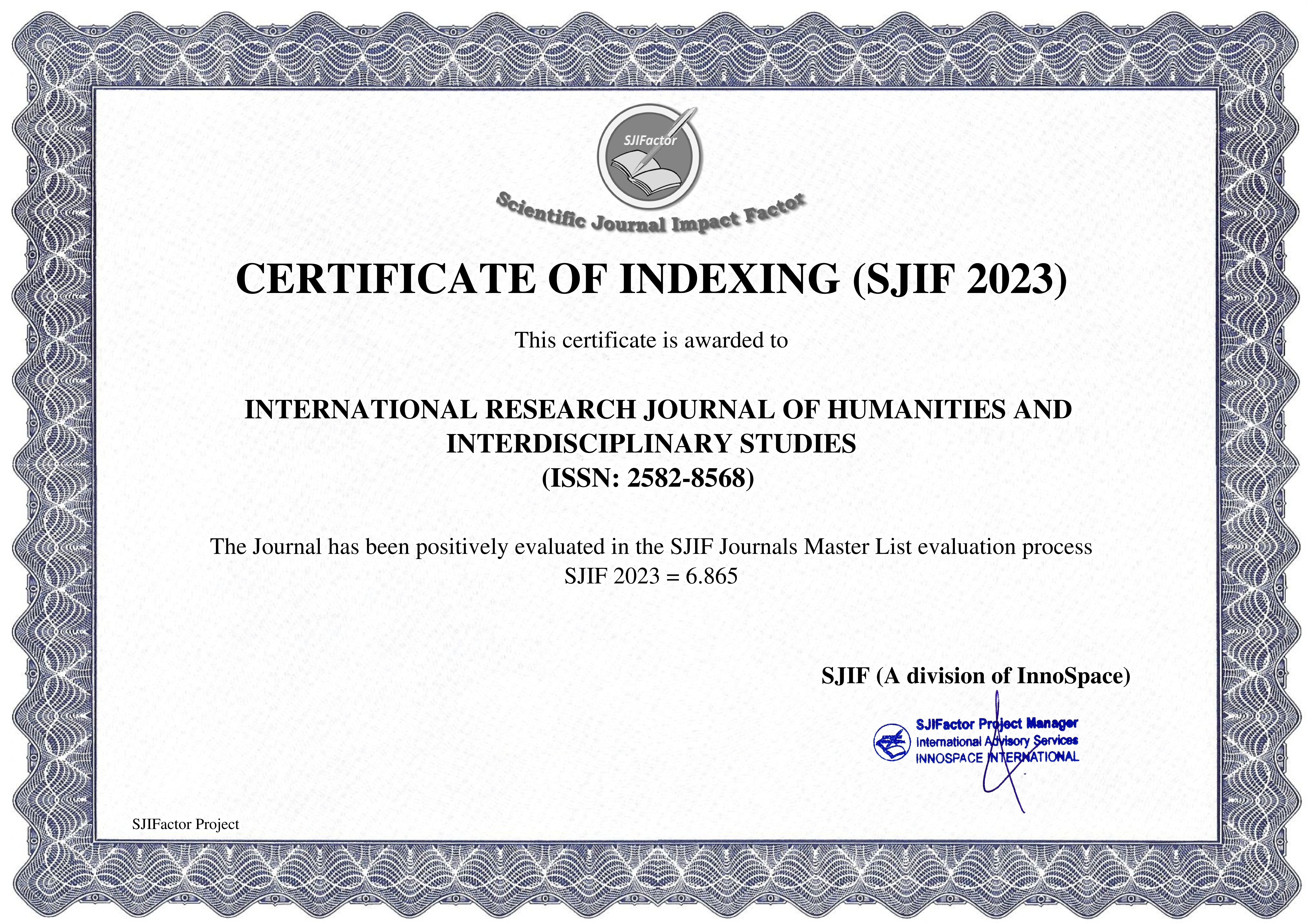Paper Details


Call For Papers
Volume 06, Issue 11
Frequency: 12 Issue per year
Paper Submission: Throughout the Month
Acceptance Notification: Within 2 days
Areas Covered: Multidisciplinary
Accepted Language: Multiple Languages
Journal Type: Online (e-Journal)
Announcement

Publish books with ISBN Number
- Edited Book
- Text Book
- Ph.D Thesis
- Conference Proceedings
ISSN Number:
2582-8568
Journal DOI No:
03.2021-11278686
Title:
ADVANCEMENT OF INFORMATION & COMMUNICATION TECHNOLOGY (ICT) IN CRICKET
Authors:
Cite this Article:
,
ADVANCEMENT OF INFORMATION & COMMUNICATION TECHNOLOGY (ICT) IN CRICKET, International Research Journal of Humanities and Interdisciplinary Studies (www.irjhis.com), ISSN : 2582-8568, Volume: 3, Issue: 4, Year: April 2022, Page No : 110-120,
Available at : http://irjhis.com/paper/IRJHIS2204017.pdf
Abstract:
In modern cricket, the bats are bigger and stronger than those used in the earlier eras. Boundaries are also currently smaller which provides batsmen with an added advantage of scoring runs easily and at a rapid rate. Considerable research has also shown the range of evolvements in the cricket sciences. As the demand of players’ contracts increase, the commitment and performance levels from players also increase which might also place players at an increased risk for injury. Technology has emerged and has been used to assist players to improve their performances as well as ways to prevent injuries. Based on these interventions, technology and innovative approaches have also shown to have both advantages and disadvantages of the game. The relevant questions to ask is: how far have we really advanced in the cricketing world? Have all facets since the game’s inception become institutionalized to a business model? Legislations, ethical considerations and education are needed in order to ensure that there is an equilibrium of effective transitions and management not only for players, but also for the credibility of this beautiful game.The gentleman's game cricket is played between two team of eleven player in a rectangular pitch (20.12*3.05m). As soon as the competition is increasing in the games the use of technology is following it. So cricket is not behind in this race. Innovation in cricket kept up pace with different things around the planet. An ever increasing number of cameras were included, speed gun were developed, and Spidercams came into the image, Decision Review System (DRS) which includes ball following, Snicko, Hotspot and we can continue endlessly and on.
Keywords:
Camera, Speed gun, DRS, Hotspot.
Publication Details:
Published Paper ID: IRJHIS2204017
Registration ID: 20691
Published In: Volume: 3, Issue: 4, Year: April 2022
Page No: 110-120
ISSN Number: 2582-8568
Download Full Paper: Click Here
Article Preview:





